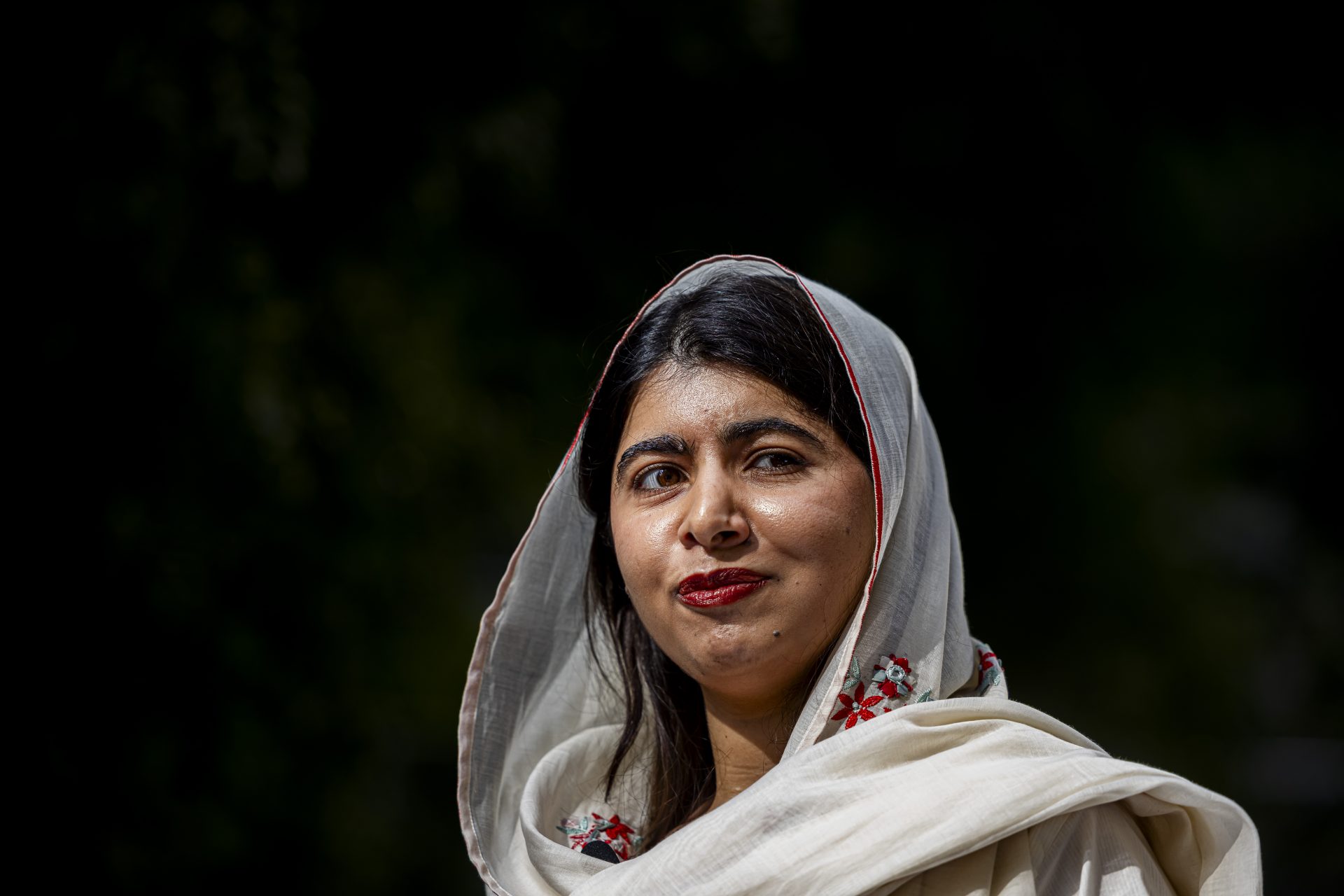WHO warns that one out of six people can't have children
A report by the World Health Organization reveals that 17.5% of the worldwide adult population is unable to have children.
The result was the outcome of analyzing over three decades of research and over 100 studies about fertility trends around the globe.
According to CNN, the study failed to see if infertility was increasing or decreasing between 1990 and 2021.
“The report reveals an important truth: infertility does not discriminate,” declared Dr. Tedros Adhanom Ghebreyesus, Director General of the WHO, as cited by the organization’s official press release.
“The sheer proportion of people affected show the need to widen access to fertility care and ensure this issue is no longer sidelined in health research and policy, so that safe, effective, and affordable ways to attain parenthood are available for those who seek it”, remarked the head of the WHO.
The Guardian highlighted that infertility affected all the countries at more or less the same rate, regardless of wealth or development.
However, CNN pointed out that access to fertility treatments tends to be hardly equal among the population. It’s generally not seen as a priority when it comes to public health policies.
Often, fertility treatments tend to be paid out of the pocket of the patients, limiting those who have the opportunity to have children.
“Millions of people face catastrophic healthcare costs after seeking treatment for infertility, making this a major equity issue and all too often, a medical poverty trap for those affected,” argued D. Pascale Allotey, WHO Director of Sexual and Reproductive Health and Research, in the press release.
Facing these realities, the World Health Organization makes a call to make fertility treatments more accessible to a bigger population.
Treatments include not only medicines and surgery, but also intrauterine insemination and in-vitro fertilization.
Back in June 2022, The Lancet published an article titled ‘Infertility – Why the silence?’. The paper estimated that 186 million people worldwide lived with infertility.
The Lancet piece also argued that this call to address infertility has taken so long due to more pressing concerns such as overpopulation.
After all, in a world with over 8 billion people, one would wonder if talking about infertility is relevant at all.
The BBC wrote that, according to a 1994 paper by a team of researchers from Stanford University in California, Earth’s ideal human population should be in the 1.5-2 billion range.
However, some policies to curtail overpopulation have been nothing short of controversial.
In the 1970s, India under the government of Indira Gandhi implemented massive compulsory sterilization programs that remain controversial to this day.
Meanwhile, under the government of Alberto Fujimori in Peru (1990-2000), it is estimated that over 250,000 women were forcibly sterilized. Most of them were from a poorer, rural, and indigenous background.
China’s one-child policy, applied until 2016, is probably the most famous nationwide method of population control.
Although China is one of the most populated countries in the world, Encyclopedia Britannica remarks that the country is facing a low birthrate and a shrinking working force.
This begs the question if we’ll ever find a middle point between overpopulation and policies overcorrecting the problem.
More for you
Top Stories


































